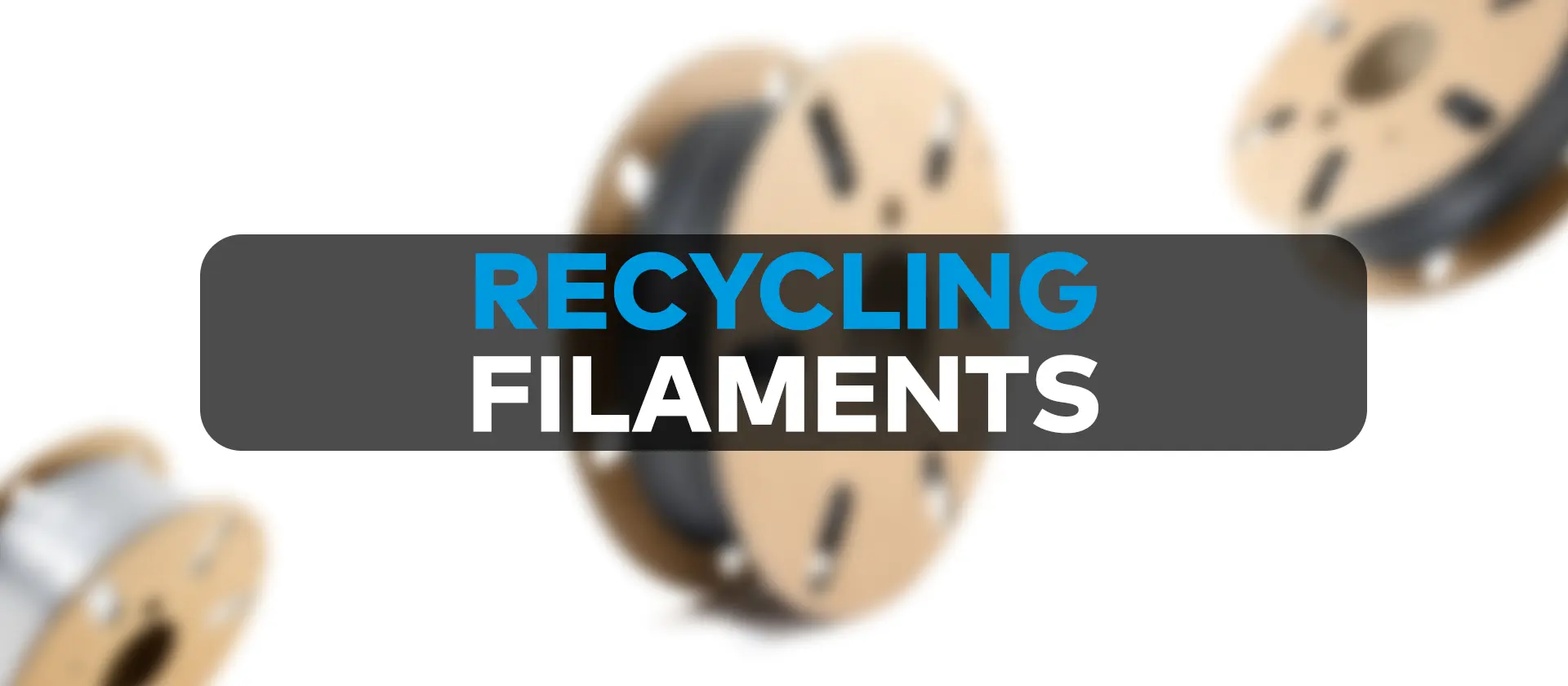
Recycling Filaments: Sustainable 3D Printing
Considering the current state of the environment, we can all agree that our planet can benefit from us using less plastic. 3D printing isn’t necessarily damaging to the environment as additive manufacturing offers a wide variety of filaments to choose from, some of which are pretty environmentally friendly. But producing less waste and being mindful of our consumption habits will be essential in preserving the environment.
Luckily as the situation becomes more critical, we are discovering new ways to reduce our waste output and starting to practice more sustainable habits. 3D printer users are also being more mindful of the amount of plastic they waste and starting to find solutions to this problem. That’s why recycling old filaments and turning them into new filaments is becoming a more common practice.
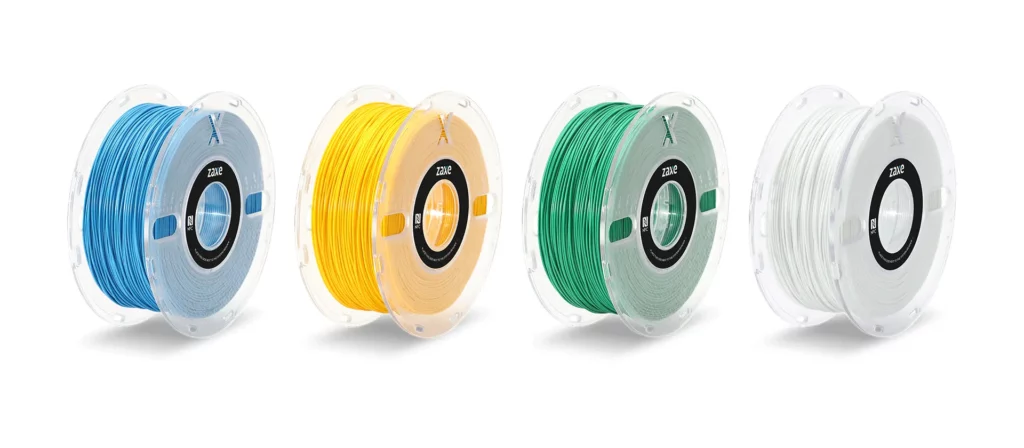
Why You Should Try Recycling Your Filaments
Recycling will be essential in preserving the environment, so companies and individuals probably should be encouraged to practice it more widely. When done correctly, recycling not only allows us to reduce our carbon footprint and waste less raw material but also benefits us in many different ways.
Less Plastic Waste
Even if you use less harmful materials like PLA, which is made mostly from sugar cane, you are still using resources and contributing to the waste we produce. Recycling your failed prints, removed supports, and other bits and pieces of filament you have lying around will decrease the amount of material you use as a person.
Easier on the Wallet
Recycling your filaments can also benefit you financially. Instead of buying a new spool, you can just start making your own filament and save money this way. Admittedly, getting into recycling filaments and buying the equipment to do so is an investment on its own and will cost money. But if you can successfully start recycling filaments, you can start saving money in the long run and the system can pay for itself eventually.
More Opportunity to Experiment
For one reason or another, most 3D printer users don’t like wasting their fresh spools of filaments on risky prints. Our perception of cheap and expensive varies depending on the person but no one likes wasting money. When you have the potential to make your own filament, the negative effects of wasting fresh material decrease and you have an opportunity to experiment while using your 3D printer.
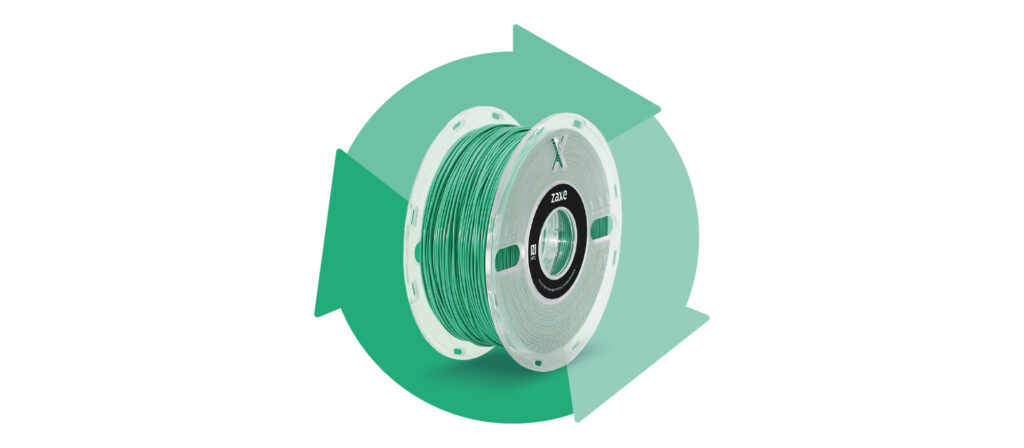
How to Recycle Filaments
The process is fairly simple on paper, but recycling filaments properly might be harder than some of us expect. So the process is mostly recommended for more experienced 3D printer users. It might take a couple of trials and errors but if you follow the step below correctly, you might start getting good results from the get-go.
You will need some things to start the recycling process which are;
- A collection of failed prints
- A shredder
- An extrusion system
- An empty spool
- A pulling system
If you have everything you need, you can start the process.
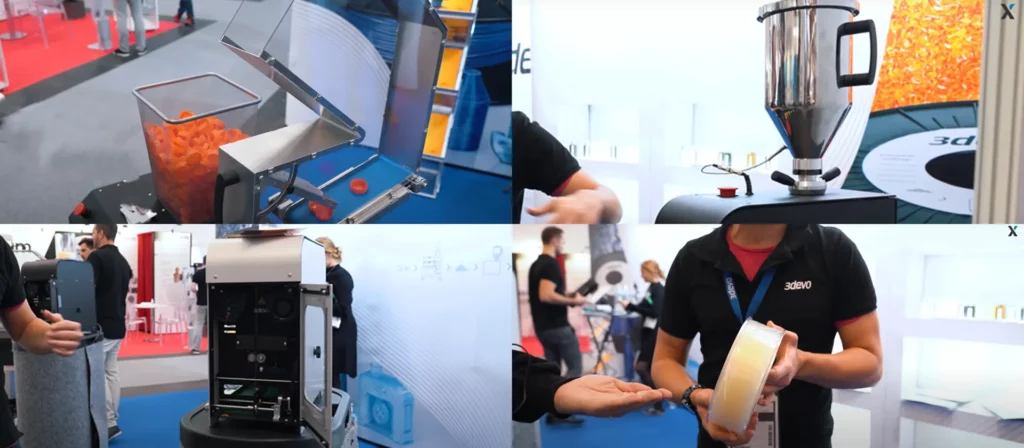
- Collect Failed Prints and Removed Supports
Most 3D printer users have so much plastic lying around that they eventually throw out. Failed prints, removed supports from past prints, spools with less filament on them than you need for a single print or a bunch of Benchys. You will start the process by collecting these and organizing them according to their material type.
- Shred the Collected Material
To make sure the plastic you use melts as consistently as possible, you will need to turn them into small pellets. A strong shredder can get the job done pretty easily. Break the failed print into smaller parts so they don’t harm your get stuck and put them in the shredder to shred them into little pieces.
- Feed the Material into the Extrusion System
After you shred the material you will have small granules of plastic in your hand. You will put these granules into the extrusion system to be melted. After melting the plastic, the system will start extruding the melted filament out of the tip just like how an FDM 3D printer would.
- Set Up the Pulling Mechanism
You will need an automatic pulling mechanism on the empty spool you have to re-spool the new filament. It won’t need to be anything complicated. Just a simple motor turning the spool clockwise. Make sure the filament gets spooled tightly to avoid future problems caused by a loose spool.
- Print with Your Homemade Filament
Now you are the owner of a freshly homemade spool of filament. The color will probably be a greenish shade of brown and be offputting to some users. But it will be perfect for printing some experimental prints, DIY tools, and test prints. For prints where the performance of the printed part is important, you are better off using a store-bought filament.
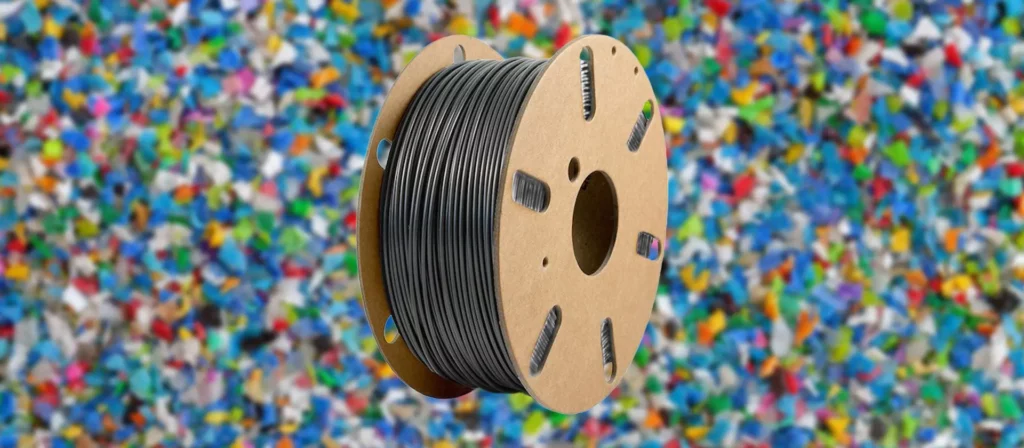
Conclusion
This is as simple as it gets. There are people who make much fancier and more complex setup to recycle their filament but we kept it simple for beginners. It might take a couple of tries to get it right and some minor adjustments can be made, like drying the material beforehand, but getting good results in your first batch is entirely possible.
The end product won’t be as good as a fresh spool of filament bought from a store. It will likely be inconsistent and its performance will depend on the print and the quality of the batch. But it is possible to get some really good results with homemade filaments, assuming the performance of the print is not that important.
If you follow these steps and make your own filament, you can reduce the amount of filament you waste and the plastic you use. This will be beneficial for both the planet and your wallet in the long run and you might even like the process. Don’t get discouraged if your first batch is a disaster as, like many other things in 3D printing, practice makes perfect and you will eventually start getting better results.
